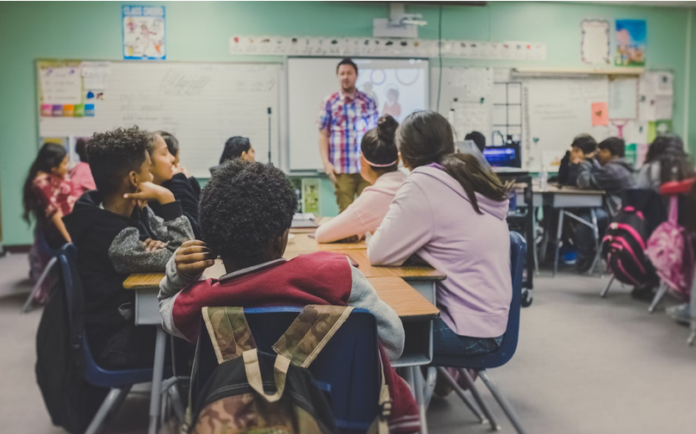Community partnerships play a vital role in enriching educational opportunities and resources for students, educators, and schools alike. By fostering collaborations between schools, businesses, nonprofit organizations, and local communities, these partnerships create a supportive network that enhances learning experiences and addresses diverse educational needs. This essay explores the significance of community partnerships in education and highlights their impact on fostering academic success, promoting career readiness, and supporting holistic student development.
Collaborative Efforts to Enhance Educational Opportunities
1. Access to Diverse Learning Experiences: Community partnerships broaden students’ access to diverse learning experiences beyond the traditional classroom setting. Collaborations with museums, libraries, art centers, and cultural institutions expose students to hands-on activities, workshops, and educational programs that supplement and enrich academic curricula. For example, partnerships with science centers may offer interactive STEM workshops, while collaborations with local artists and performers provide opportunities for creative expression and cultural appreciation. These experiences not only enhance students’ academic knowledge but also foster curiosity, creativity, and a deeper understanding of the world around them.
2. Enrichment of Resources and Facilities: Community partnerships contribute to the enrichment of educational resources and facilities available to schools. Businesses and community organizations often donate equipment, supplies, and funding to support educational initiatives, such as technology upgrades, library resources, and extracurricular programs. For instance, partnerships with corporate sponsors may provide grants for school infrastructure projects or sponsorships for academic competitions and events. By leveraging external resources and expertise, schools can enhance their capacity to provide high-quality education and meet the evolving needs of students.
Impact on Career Readiness and Holistic Development
1. Career Exploration and Skill Development: Community partnerships play a crucial role in preparing students for future careers by offering opportunities for career exploration and skill development. Collaboration with local businesses, industry professionals, and vocational training programs exposes students to various career pathways, internship opportunities, and hands-on training experiences. For example, partnerships with healthcare facilities may offer shadowing programs for aspiring medical professionals, while collaborations with tech companies provide coding workshops and mentorship opportunities. These experiences help students gain real-world insights, develop industry-specific skills, and make informed decisions about their educational and career paths.
2. Support for Holistic Student Development: Community partnerships contribute to holistic student development by addressing social, emotional, and wellness needs through collaborative initiatives and support services. Partnerships with healthcare providers, mental health organizations, and social services agencies offer resources such as counseling, wellness workshops, and access to healthcare professionals. For instance, partnerships with community centers may provide after-school programs focused on physical fitness, nutrition education, and mental health awareness. By addressing non-academic barriers to learning, these partnerships promote student well-being, resilience, and academic success.
Promoting Equity and Community Engagement
Community partnerships play a crucial role in promoting educational equity and fostering community engagement.
1. Addressing Achievement Gaps and Educational Inequities: Community partnerships contribute to addressing achievement gaps and educational inequities by providing targeted support and resources to underserved student populations. Collaborations with nonprofit organizations, advocacy groups, and community leaders facilitate initiatives such as tutoring programs, literacy interventions, and scholarships for low-income students. For example, partnerships with youth development organizations may offer mentorship programs that support academic achievement and personal growth among at-risk youth. By leveraging community resources and expertise, schools can create inclusive learning environments where all students have access to equitable educational opportunities and support services.
2. Building Stronger Community Connections: Community partnerships strengthen relationships between schools, families, and local communities, fostering a sense of belonging and collective responsibility for educational outcomes. Collaborations with parent-teacher associations, neighborhood associations, and civic groups promote family involvement in education through volunteer opportunities, parent workshops, and community events. For instance, partnerships with local businesses may sponsor school-based initiatives such as career fairs, cultural celebrations, and fundraising campaigns. These collaborative efforts create a sense of community pride, support student success, and build sustainable partnerships that benefit both schools and their surrounding neighborhoods.
Conclusion
In conclusion, community partnerships are integral to enhancing educational opportunities and resources by providing access to diverse learning experiences, enriching educational resources, promoting career readiness, supporting holistic student development, addressing educational inequities, and fostering community engagement. By forging collaborative relationships with businesses, nonprofit organizations, and community stakeholders, schools can leverage external resources, expertise, and support to create inclusive learning environments that empower students to succeed academically, socially, and professionally. Community partnerships not only enrich the educational experience but also strengthen the fabric of communities and promote a shared commitment to educational excellence and equity.

